DAN medics and researchers answer your questions about dive medicine

Q: I was diagnosed with leukaemia and underwent treatment. I am in remission and was recently cleared by my doctors for exercise without restriction. I feel well and need only scheduled followups. I have always wanted to scuba dive but am unsure given my condition and subsequent treatment. Can I dive, and are there any restrictions or precautions I should be aware of?
A: Symptoms associated with leukaemia include dizziness, fatigue, fever, weakness, weight loss, anaemia, easy bruising and bleeding, shortness of breath and infections. Clearly, these all have the potential to affect one’s well-being while diving. You and your doctor should consider two important criteria. First, diving should be considered only for patients who are in remission – as you are. It’s important that all divers be free from any distracting or disabling symptoms. Second, it is important that you and your physician confirm that you are not only in good health but also have good exercise tolerance. As you may know, many dive accidents result from challenges posed by the diving environment such as currents, surface swims, weather and sea conditions. All divers must be prepared to face such challenges before returning to the water.
Q: I have noticed that beginning scuba divers often get nosebleeds after dives. What causes them?
Denne historien er fra Issue 02 - 2018(112)-utgaven av Scuba Diver.
Start din 7-dagers gratis prøveperiode på Magzter GOLD for å få tilgang til tusenvis av utvalgte premiumhistorier og 9000+ magasiner og aviser.
Allerede abonnent ? Logg på
Denne historien er fra Issue 02 - 2018(112)-utgaven av Scuba Diver.
Start din 7-dagers gratis prøveperiode på Magzter GOLD for å få tilgang til tusenvis av utvalgte premiumhistorier og 9000+ magasiner og aviser.
Allerede abonnent? Logg på
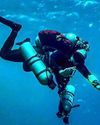
The Making Of A World Record-Breaking Diver
Descending more than 300 metres into the depths of the ocean may sound like a daunting prospect to even the most seasoned diver. But to one man, it was just another a challenge that he set for himself to see how far he was able to push the envelope.
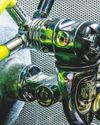
Risk Mitigation: Hose Failure
An unexpected outcome
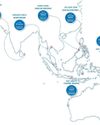
Top 10 Wrecks Of Asia-Pacific
We present a curated list of the top 10 most famous wrecks found in the Asia-Pacific region, listed in no particular order
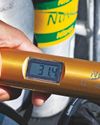
From The Medical Line: Diving After DCS
DAN medical information specaialists and researchers answer your dive medicine questions

Cave Exploration: Beginning With The End In Mind
Building complex adventures on simple skills
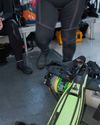
Dive Slate: Stay Safe On Board
When preparing for a dive, safety is at the top of the list – checking gear, learning potential site hazards and discussing procedures with your divemaster or buddy.

101 Tips On Becoming A Better Tek Diver
Technical diving takes divers beyond the typical recreational scuba diving limits, opening up many new and exciting possibilities.
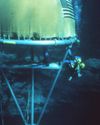
TECHNICAL DIVING TIMELINE (1660–1999)
It’s fair to say that the emergence of “technical diving” in the late 1980s, that is, the introduction of mixed gas technology, and later mixed gas rebreathers to the sport diving community, represented the culmination of hundreds of years of scientific discovery and technological development.

FLYING AFTER DIVING
From the Safety Stop

DIAGNOSING DECOMPRESSION ILLNESS
Incident Insight